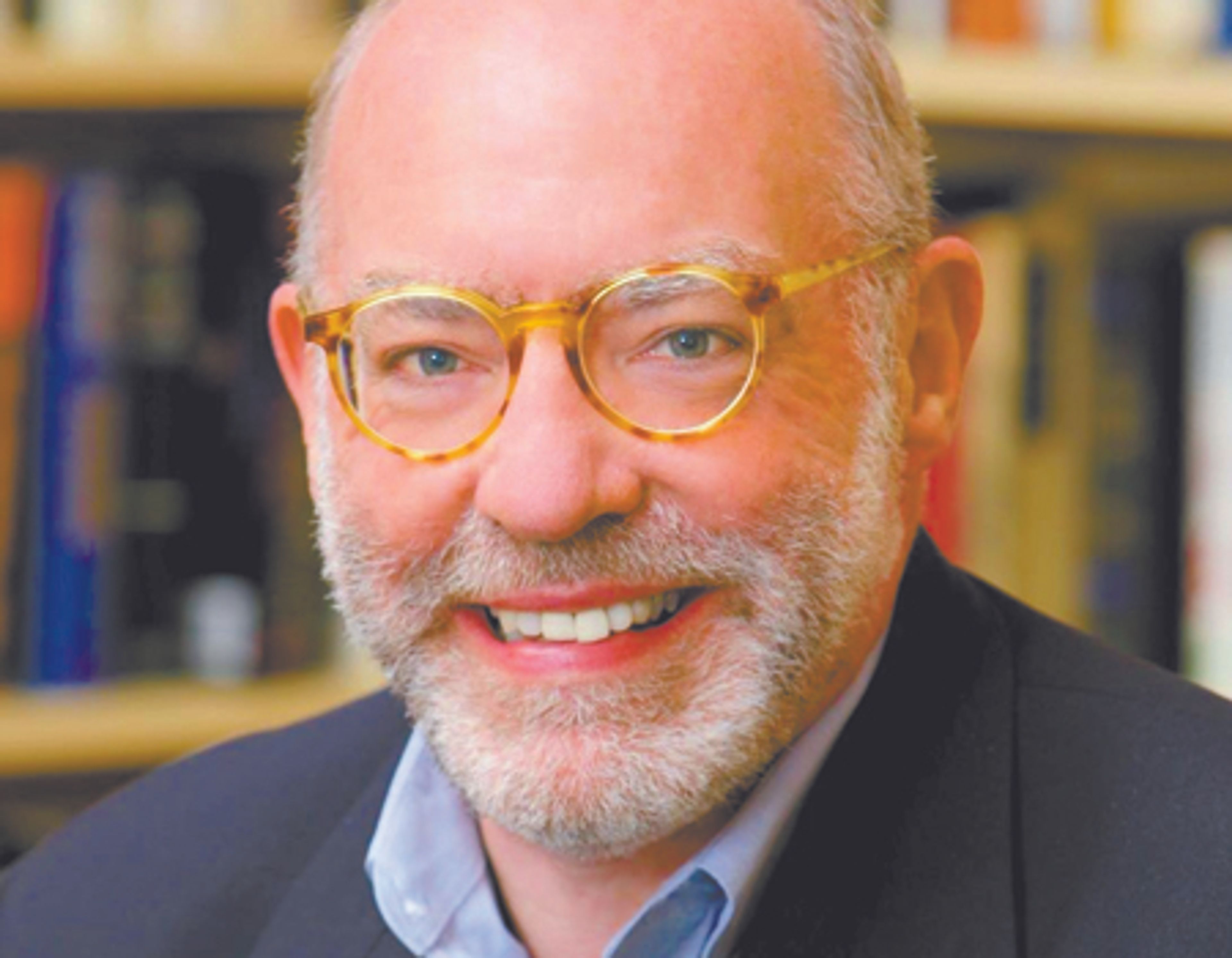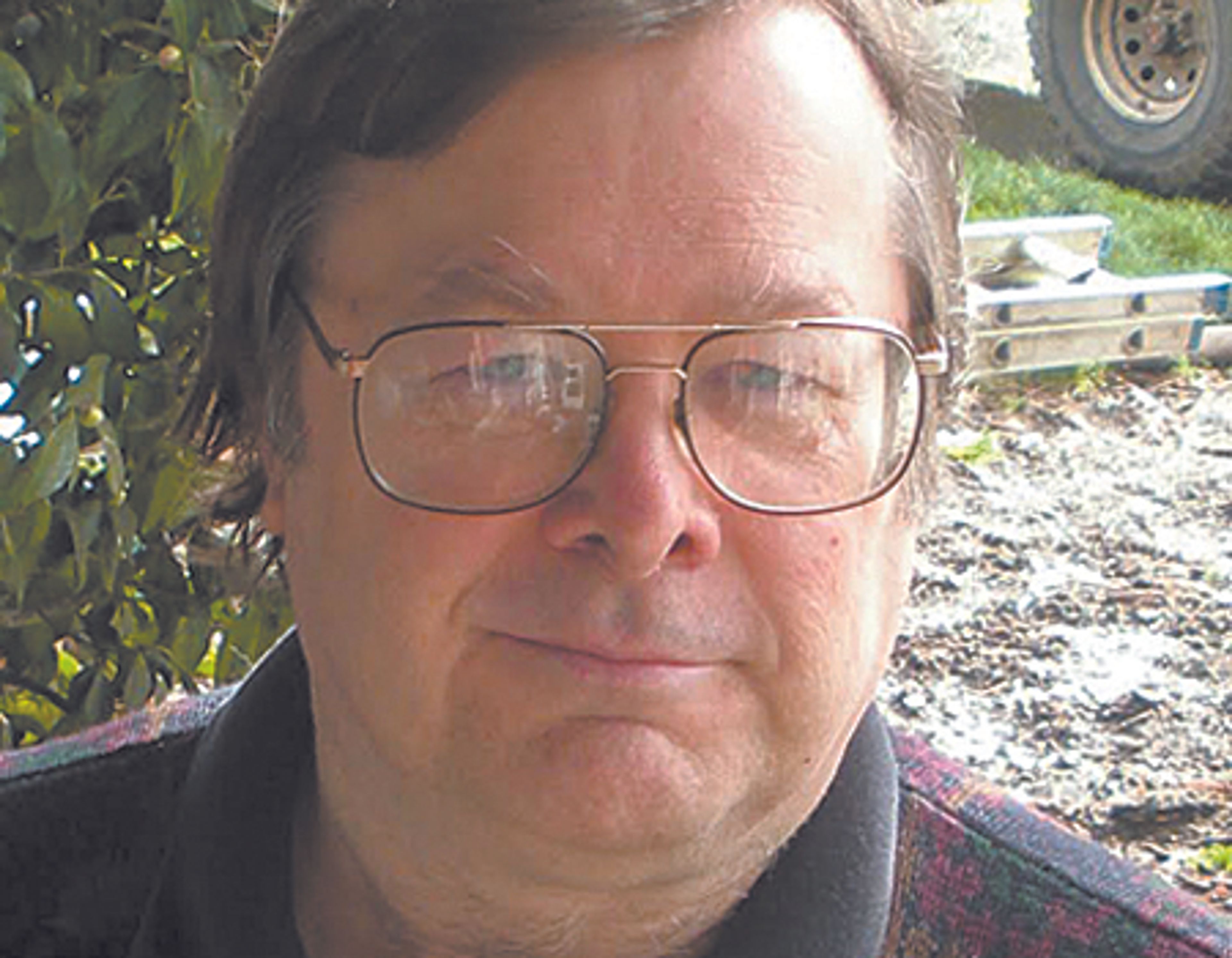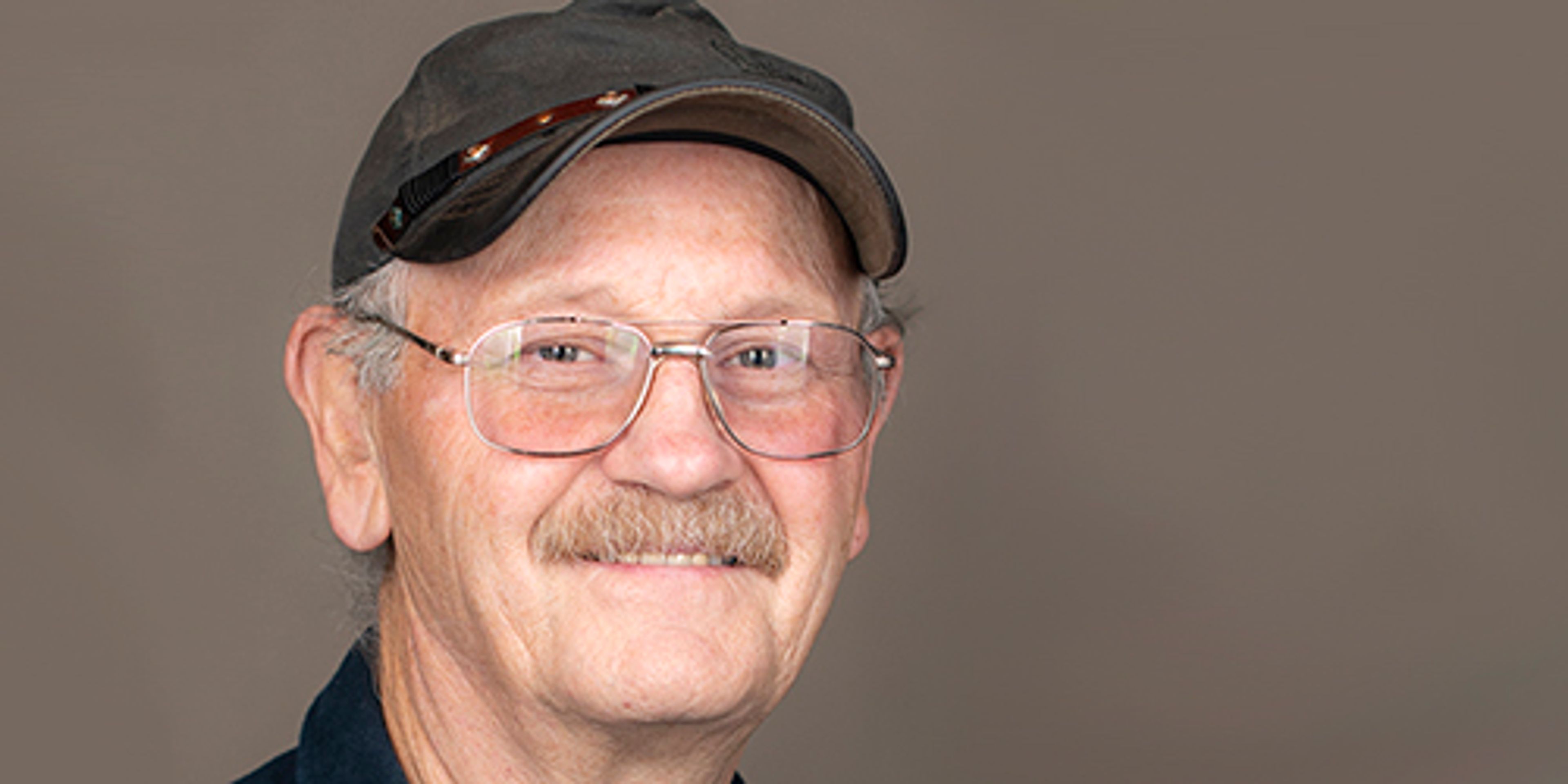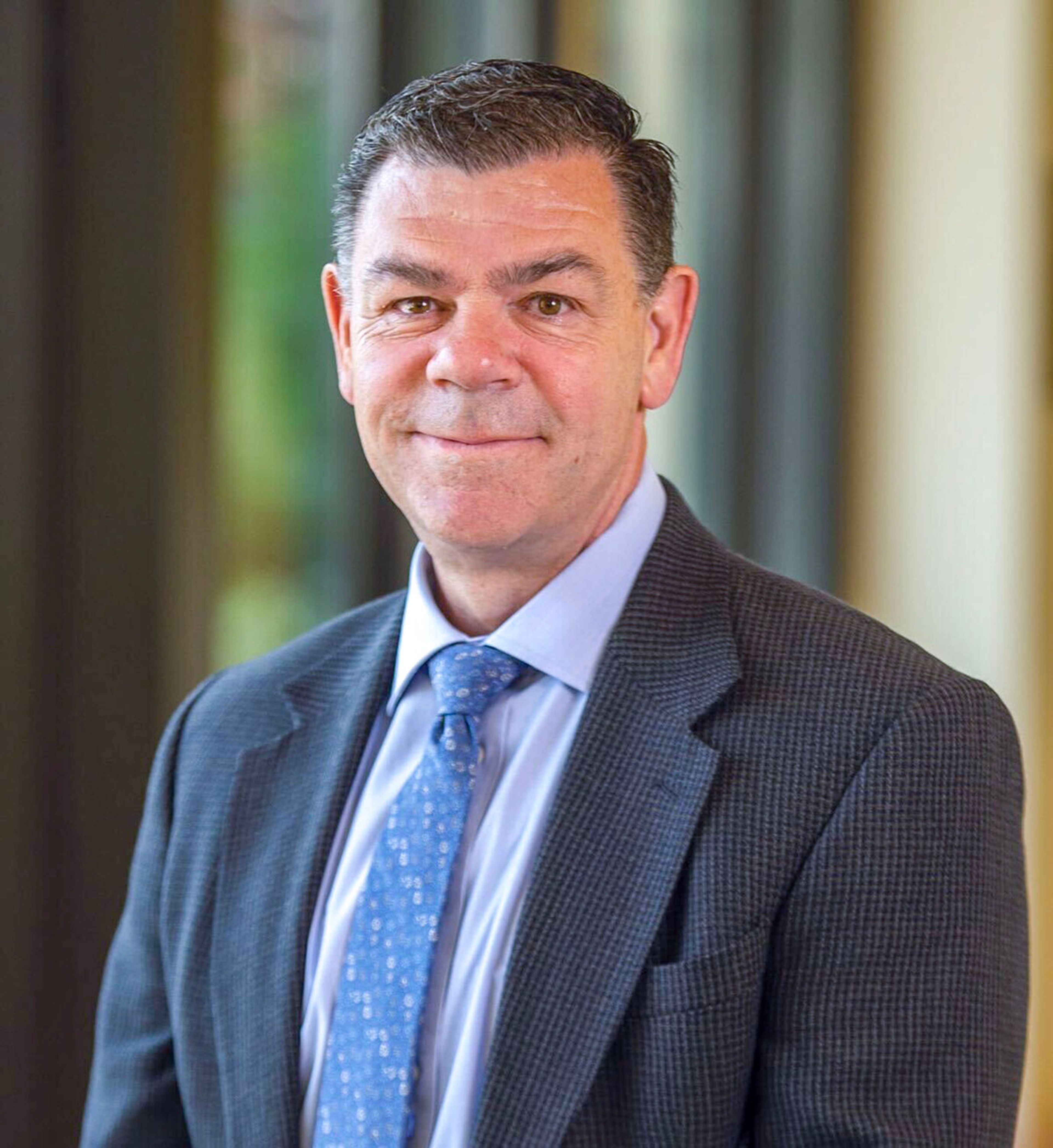OPINION: Roslyn’s wildfire preparedness is example for the West
Guest Editorial: Another Newspaper’s Opinion
This editorial was published in the Yakima Herald-Republic.
———
Towns don’t live to be historic places by luck alone. Anybody who’s been around Roslyn for any length of time can tell you that.
As quaint and sleepy-looking as the town that starred as the fictional village of Cicely, Alaska, in the 1990s TV show “Northern Exposure” might appear, Roslyn has stood strong for nearly a century and a half.
Founded in the 1880s with the discovery of coal and the subsequent arrival of the Northern Pacific Railroad, Roslyn endured the worst mining accident in Washington history when an explosion and fire killed 45 miners in 1892.
It’s not a community of shrinking violets.
These days, as nearby Suncadia Resort and the allure of the streams, lakes and forested foothills of the Cascade Range draw thousands of visitors and newcomers to the area, the town of 950 is facing new challenges.
Perhaps the most pressing is an alarming increase in wildfire risks.
Roslyn, once considered an “asbestos district” because of the wet, thick forests that surrounded and shielded it, now ranks as a top-tier risk area, according to the U.S. Forest Service.
Changing weather patterns, longtime residents will tell you, mean the winters aren’t nearly as snowy, and the concentrations of trees, brush and grasses make those ridges just outside town unsettlingly more fire-prone.
Roslyn isn’t feeling sorry for itself, though. As the Yakima Herald-Republic’s Questen Inghram found, residents and officials have worked side by side in recent years to establish sweeping prevention measures to protect themselves and their town.
The steps Roslyn has taken now serve as a blueprint for other communities facing similar risks from wildfires.
The Roslyn Citizens Wildfire Resilience and Evacuation Committee, a group that focuses on mitigating local fire dangers, has brought together about 150 volunteers to attack the problem head-on. Working closely with local fire agencies, the committee — like the Kittitas Fire Adapted Communities Coalition just down the road — offers educational resources and other help for residents trying to safeguard their property.
The push is paying off.
In the past few years, Roslyn has gotten proactive, and it’s gotten busy. Neighbors have trimmed trees and cleared areas around their houses to create defensible spaces. They’ve packed go-bags and developed escape plans in case the worst happens.
They’ve looked out for themselves and each other.
“I think what Roslyn has been doing is a kind of a role model for other communities across the West in grassroots movement change,” Rose Beaton, a community resilience coordinator with the Washington Department of Natural Resources, told the Herald-Republic. “That’s ideally what you would like to see, is residents working with residents, inspiring change amongst each other.”
Considering Roslyn’s resilient history, nobody should be surprised. They should, however, appreciate — and follow — the example Roslyn is setting.
TNS








